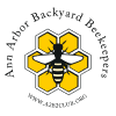|
Array
There are almost an infinite number of ways to feed your bees. You can feed them inside or outside of the hive using a wide array of commercial or homemade feeders. Here I will go over just a very small number of feeders and their uses. There is no “best” choice. There are pros and cons to each and it is all in what works best for you. Some hold more syrup and don’t need to be filled as often, while others are easier to fill or to keep clean. One constant over all ways to feed you bees is that feeding inside the hive ensures that particular hive gets the nutrition and is less likely to attract robbers, pests, and bees from other hives which also means it is less likely to spread disease than community feeders outside the hive. Beetles There are two forms that pollen or pollen supplement/substitutes can take. One is a dry powder and the other is a moist, doughy pollen patty that has the pollen part mixed with sugar syrup. Typically, the patties are fed on top of the frames inside a hive and the powder is fed in a feeder outside the hive. One drawback to feeding the patties inside the hive is that they can attract pests like small hive beetles. One drawback to feeding the powder outside the hive is that you will need to purchase or make a feeder and it will attract pests and bees from other colonies outside of your apiary. Closed Sugar syrup can be fed from either an open or closed container. For example, frame feeders go right in the hive in place of a comb frame and have no lid. One drawback to them is that the bees may drown if you do not have something floating on top of the syrup. Also, since they are open, they can get dirty with debris, mold, etc. Top feeders are similar in that they are open feeders inside the hive, only these are larger and go between the top box and the inner cover. Again, the main disadvantage of a top feeder is bees drowning, but most commercial top feeders have designs to prevent this. Mason jars with very small holes poked in the lids are by far the most common feeding method for hobby beeks for sugar syrup. These can be placed inside the hive or outside the hive. Commercial beekeepers typically fill 5 gallon buckets with holes in the lids with sugar syrup and either place these over the hole in the inner cover or on stands outside the hives. More Information: https://www.honeybeesuite.com/what-type-of-honey-bee-feeder-is-best/
0 Comments
Leave a Reply. |
AuthorJen Haeger is a new master beekeeper and board member of A2B2. Archives
August 2022
Categories
All
|

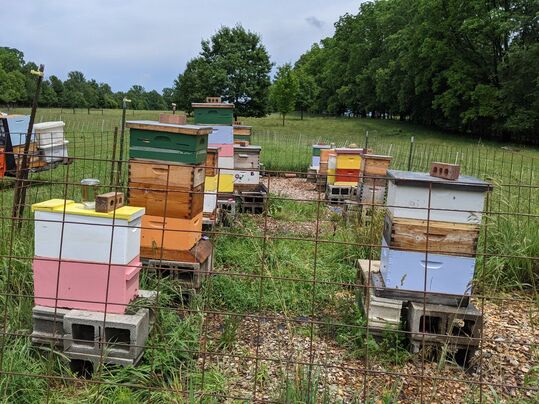
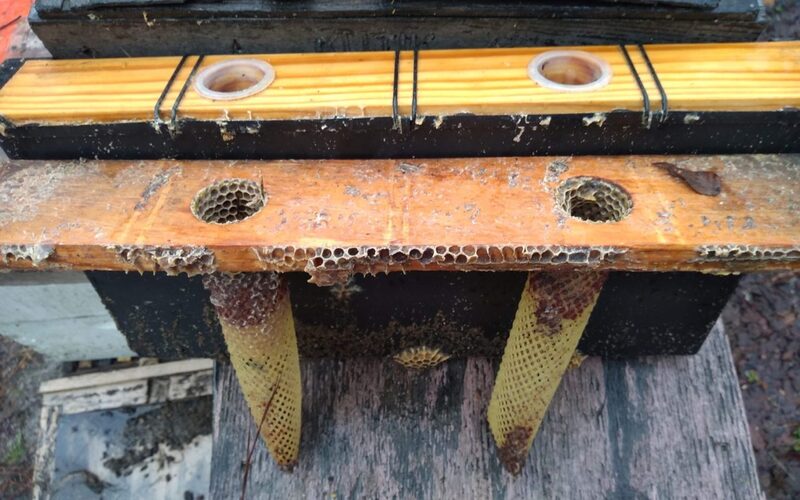
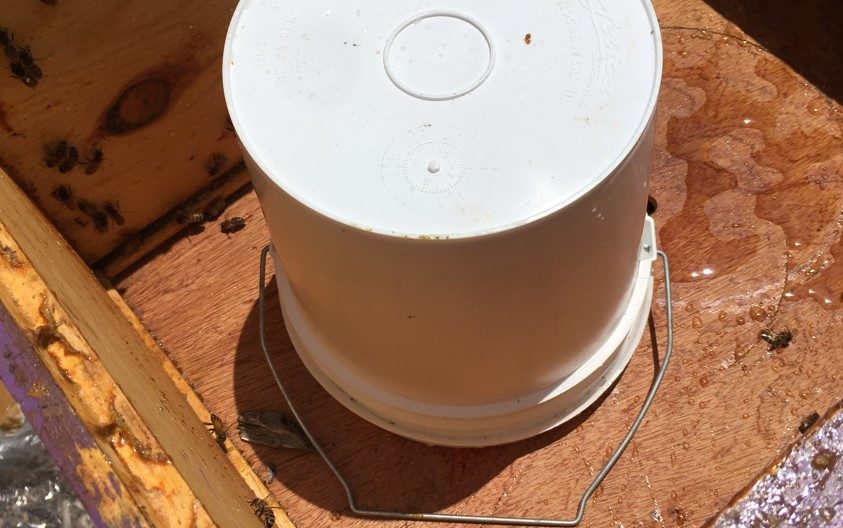
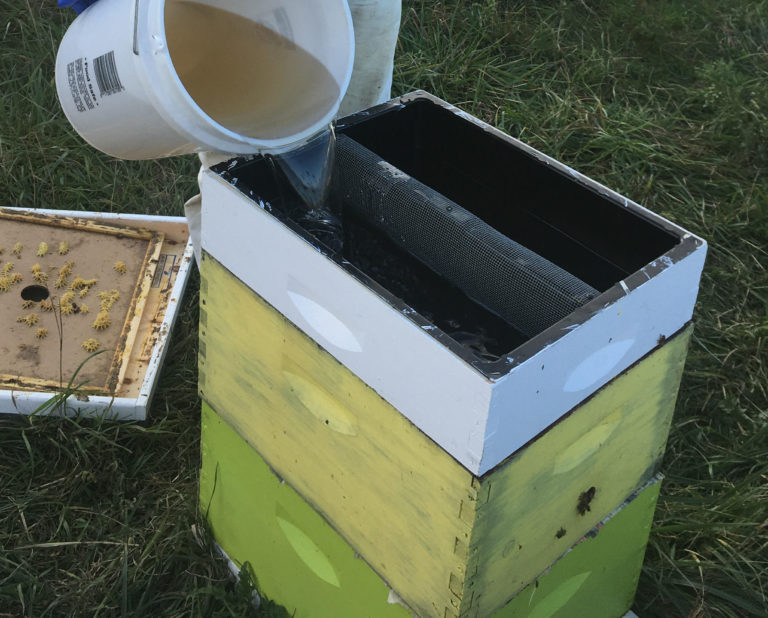
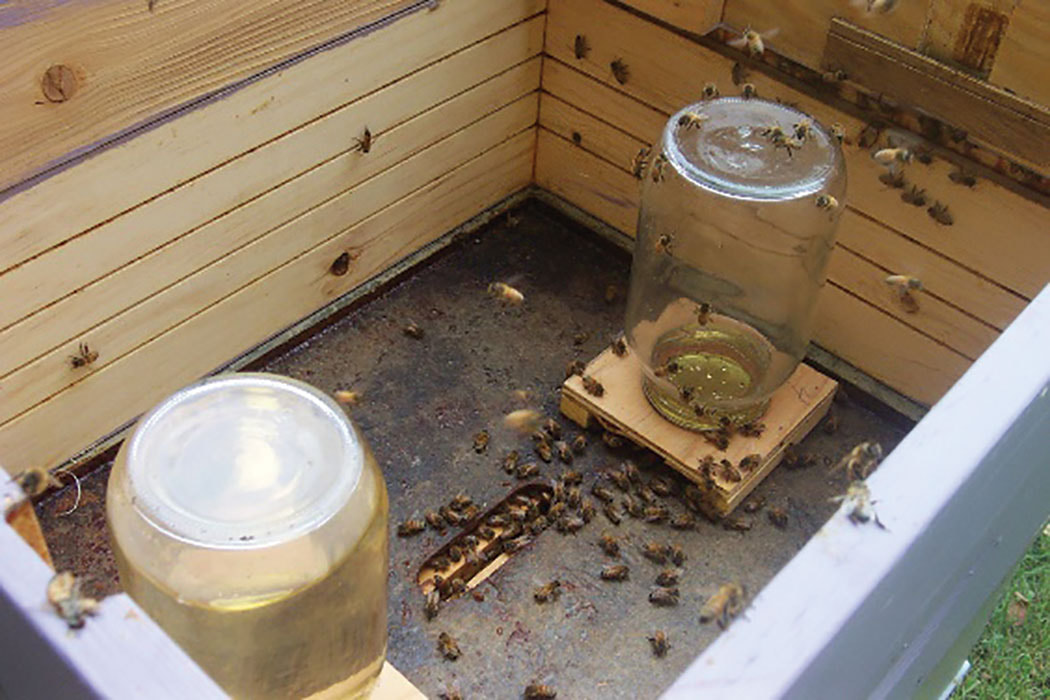
 RSS Feed
RSS Feed
